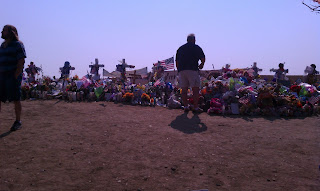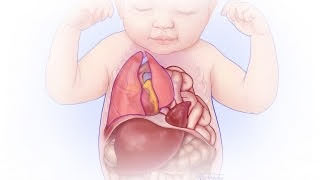| Our first meet up was Laughing Ladies Quilt Shop in Berthoud, CO. This was their one year sale event. Judy had already arrived and won a prize! How exciting for her! |
| Their shop is well set up and the shop samples are hanging around each special area of fabrics. |
| Each sample boasts a special class offering. |
| "Wacky Stars" is featured in this area |
| "Carpenter's Star" in this area |
| Thirty's fabric has a nice featured quilt in the section with that fabric |
| Need a batik? It's here! Along with a good selection of hand dyed Perle cottons. |
| This shop featured numerous kits with the hanging sample to see |
| Southward we travel to our next shop, Tomorrow's Heirlooms. This is a smaller shop with slight less selection of fabric but none the less, a great place to stop |
| Their classroom is ideal for the all the interesting workshops and classes they offer |
| What a great way to combine fabrics for an interesting pinwheel block |
| Just a short drive to The Quilt Store--sorry, didn't get photos inside this shop. We found some sale fabric here--friendly staff and a fairly decent selection of fabric. Judy found some fabrics for a t-shirt quilt she is doing. It was a good day, but now it was time for us to part ways until our next adventure--see you then! |


























